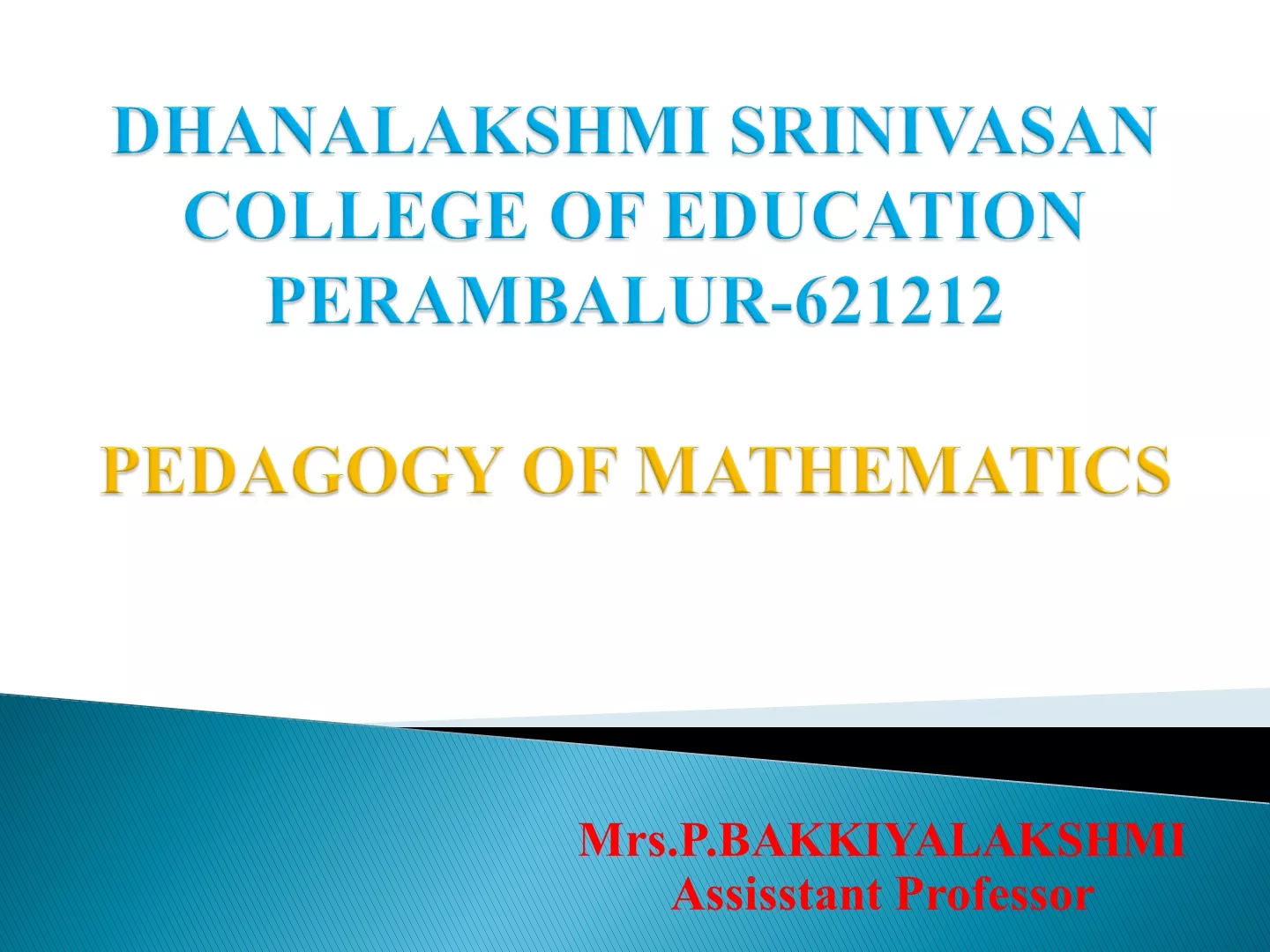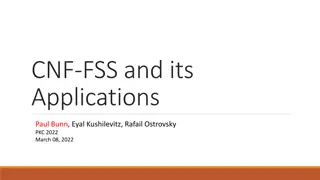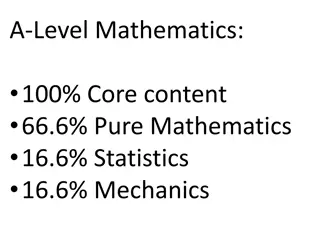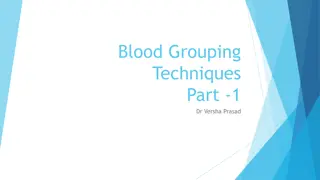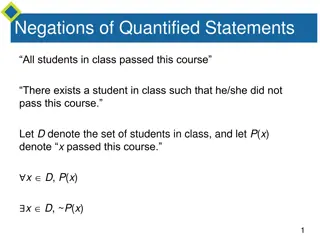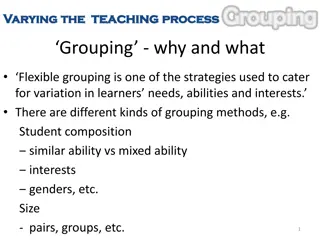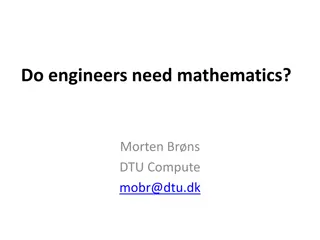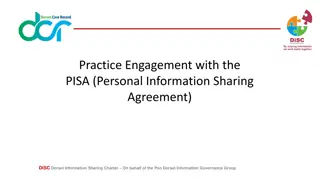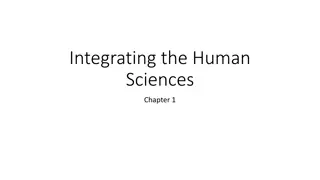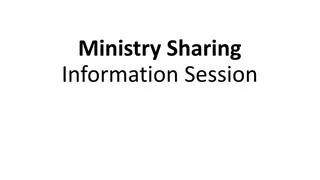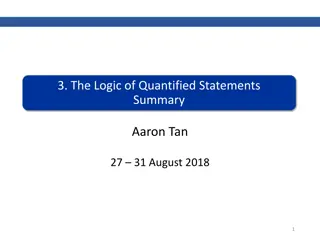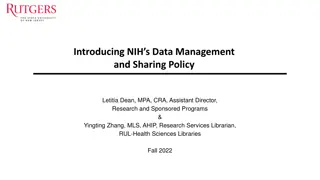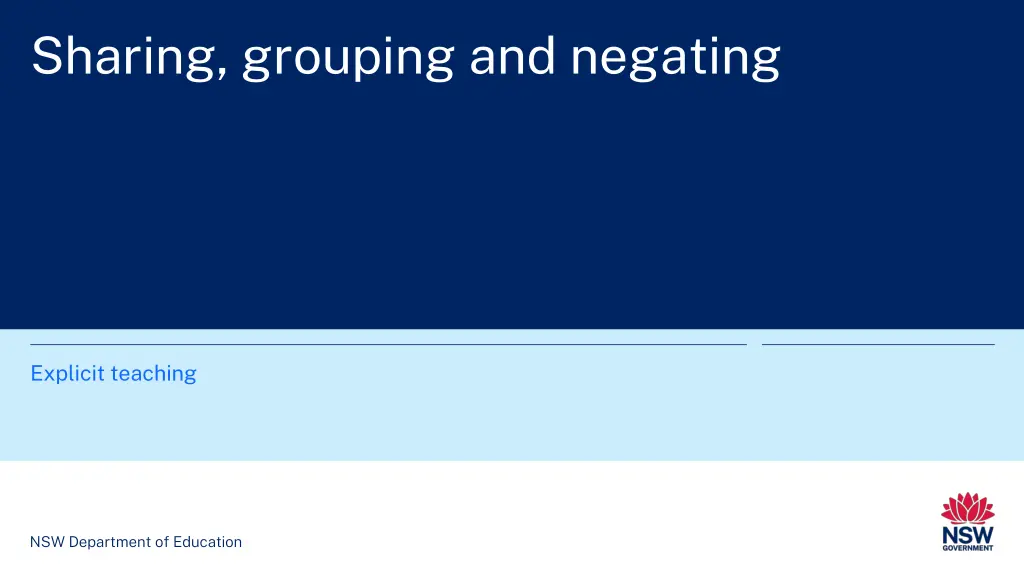
Explicit Teaching of Sharing, Grouping, and Negating in Mathematics
Explore the explicit teaching of concepts like sharing, grouping, and negating in mathematics with visuals and explanations provided by the NSW Department of Education. Discover techniques like Think-Pair-Share and representations using virtual manipulatives. Understand the nuances in division as grouping and sharing, along with equal sharing and negative values. Dive into scenarios where negative values appear in sized groups.
Download Presentation

Please find below an Image/Link to download the presentation.
The content on the website is provided AS IS for your information and personal use only. It may not be sold, licensed, or shared on other websites without obtaining consent from the author. If you encounter any issues during the download, it is possible that the publisher has removed the file from their server.
You are allowed to download the files provided on this website for personal or commercial use, subject to the condition that they are used lawfully. All files are the property of their respective owners.
The content on the website is provided AS IS for your information and personal use only. It may not be sold, licensed, or shared on other websites without obtaining consent from the author.
E N D
Presentation Transcript
Sharing, grouping and negating Explicit teaching NSW Department of Education
Think-Pair-Share solution What was the same in these questions? What was different? 3
Representations Polypad.org Images created using the free virtual manipulatives at Polypad.org. What is different about the representations for each question? 4
Representations part 2 Division as grouping is where we form Division as sharing is groups of a certain size. where we share equally. 5
Equal sharing with negatives Why might the expression now include a ( 20)? 6
Representing equal sharing with negatives part 1 ( 20) Polypad.org Images created using the free virtual manipulatives at Polypad.org. 7
Representing equal sharing with negatives part 2 12 4 = 5 Polypad.org Images created using the free virtual manipulatives at Polypad.org. 8
Sized groups with negatives Why might the both values be negative here? 9
Representing sized groups with negatives part 1 Polypad.org Images created using the free virtual manipulatives at Polypad.org. 10
Representing sized groups with negatives part 2 Polypad.org Images created using the free virtual manipulatives at Polypad.org. 11
Sharing division example 1 ( 12) 3 = Polypad.org Images created using the free virtual manipulatives at Polypad.org. ( 12) 3 = ( 4) 12
Sharing division self-explanation prompts Why don t we make groups of 3? ( 12) 3 = Polypad.org Images created using the free virtual manipulatives at Polypad.org. How do we know to ( 12) 3 = ( 4) make 3 groups? Where has the ( 4) come from? 13
Your turn question 1 10 5 = 14
Your turn solution 1 10 5 = ( 2) Polypad.org Images created using the free virtual manipulatives at Polypad.org. 15
Grouping division example 2 ( 15) ( 3) = Polypad.org Images created using the free virtual manipulatives at Polypad.org. ( 15) ( 3) = 5 16
Grouping division self-explanation prompts ( 15) ( 3) = Polypad.org Images created using the free virtual manipulatives at Polypad.org. How do we know to have three ( 15) ( 3) = 5 ( 1) tiles in each group? Where has the 5 come from? 17
Your turn question 2 12 ( 4) = 18
Your turn solution 2 12 ( 4) = 3 Polypad.org Images created using the free virtual manipulatives at Polypad.org. 19
Negating division example 3 8 ( 2) = Polypad.org Images created using the free virtual manipulatives at Polypad.org. 8 ( 2) = ( 4) 20
Negating division self-explanation prompts 8 ( 2) = Why do we start with 8? What question has been answered in step 2? Polypad.org Images created using the free virtual manipulatives at Polypad.org. 8 ( 2) = ( 4) Why is the answer ( 4)? 21
Your turn question 3 6 ( 3) = 22
Your turn solution 3 6 ( 3) = ( 2) Polypad.org Images created using the free virtual manipulatives at Polypad.org. 23

